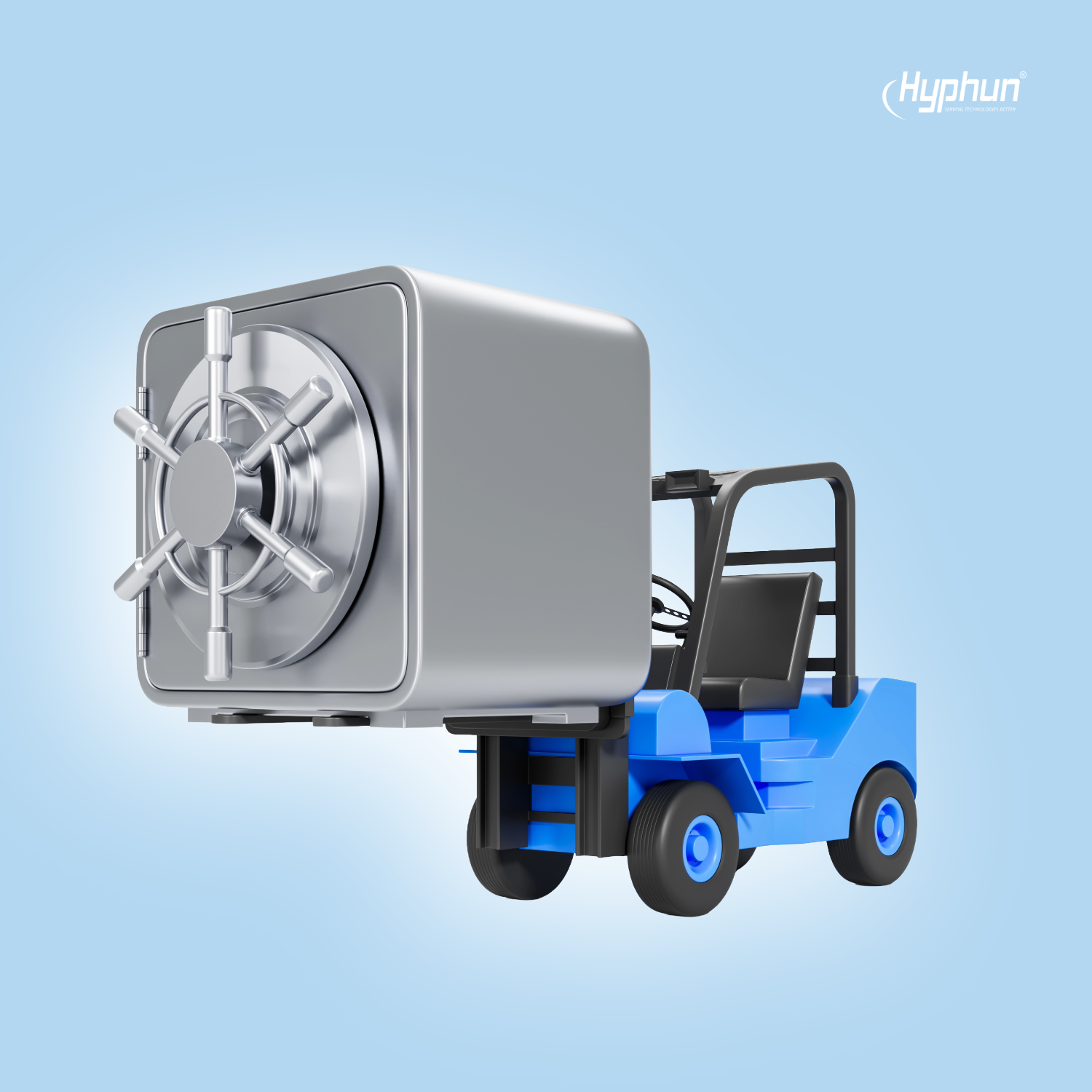Logistic Challenges Delivery Automation

1. Introduction
Managing logistic delivery traditionally is undoubtedly a tough nut to crack. The logistics sector struggles with delayed deliveries, poor operations, and missing trackability data due to its complex problems. These problems make operations more expensive and reduce customer happiness. Automation helps solve many delivery problems by processing data more effectively and selecting better routes for transport.
This case study explores ways to fix transportation problems through digital solutions that improve delivery efficiency while reducing costs. Additionally, it engraves how a logistics automation solution helps businesses succeed in the current logistics market.
2. Challenges in Logistic Delivery
Logistics delivery operations meet several operational problems that affect product delivery quality and customer satisfaction. When these issues go unhandled, it creates service waiting times while raising operational costs and damaging the company's image.
These are some of the common issues faced:
Impact of Manual Processes on Delivery Timelines
A manual work approach in scheduling, documentation, and tracking often results in delayed outcomes. Moreover, the lack of automation slows operations, making it difficult to meet delivery timelines.
Limitations due to the Traditional Route Optimization Method
Traditional route planning methods often fail to optimize delivery paths, leading to increased travel times, higher fuel consumption, and elevated operational costs, ultimately impacting overall efficiency and customer satisfaction.
Lack of Real-Time Tracking and Visibility
In the absence of logistic challenges automation, customers and businesses often struggle with limited visibility into the delivery process. Tracking processes in real time provides accurate information which prevents communication failures and customer complaints.
Inventory Management Issues
When stock numbers are out of date or inventory records are not maintained properly they can upset the supply chain system. Additionally, deliveries go wrong and suppliers stock more products than needed because of incorrect inventory information.
High Operational Costs
Logistics systems that still depend on manual processes and old technology systems suffer from rising expenses related to operational ineffectiveness. Running operations manually brings added fuel expenses, workforce, and unused resources.
Poor Customer Experience Due to Communication Gaps
Customers expect clear information as their orders move through shipping showing them the exact order progress and expected arrival dates. In such scenarios, poor communication between business groups and customers can result in delivery errors and upset people. This impacts brand trust and customer retention.
Gradually, these hurdles were becoming a roadblock for companies. To avoid business downfall, it was crucial to implement a robust logistics automation solution with the help of experienced web automation developers.
3. Implementation of Logistics Automation Solution
As discussed, the client faced numerous challenges due to mismanaged operations. Looking at the hurdles, they opted for a customized automated logistics solution that could flourish the seamless delivery management.
Deployment of AI-Driven Route Optimization Tools
AI-driven optimization tools not only refine delivery routes dynamically, but also analyze real-time traffic patterns, weather conditions, and delivery schedules to ensure minimal transit times. The solution eventually enhances delivery efficiency by reducing fuel consumption and associated costs.
Real-Time Tracking and Logistics Automation Solution Notifications
A real-time tracking system was integrated to provide complete visibility into the logistics process. Every shipment could be monitored at every stage, allowing stakeholders to track progress through a centralized dashboard. Additionally, automated notifications were configured to keep customers and internal teams informed about shipment statuses, delays, or estimated delivery times, enhancing transparency and communication.
Integration with Existing Systems (ERP, CRM, etc.)
The solution also integrated with the client’s existing Enterprise Resource Planning (ERP) and Customer Relationship Management (CRM) systems. This integration facilitated data synchronization across platforms, eliminating redundancies and enabling a unified view of logistics, inventory, and customer interactions.
Use of IoT-Enabled Devices for Live Monitoring
The Internet of Things (IoT) networks monitored package movements through real-time tracking devices. These devices showed important information about temperature, humidity, and position which needs tracking for valuable shipments. The warning system checks shipment data and issued alerts when monitoring values hit their limits.
Streamlined Operations with a Logistics Automation Solution
The developers automated existing inventory and order-handling systems to improve industrial operations. Our computer automation reliably monitored product amounts, prevented order errors, and recorded fresh data in real-time. Our updated systems improved how we used our available resources to make our operations more effective.
Automation of Inventory and Order Management
Automated systems were introduced to run both inventory tasks and order processing. The system's automation helped track inventory without mistakes while boosting order precision and keeping complete records. Updated systems helped us run our business more efficiently and use our resources properly.
4. Key Features of the Solution
Centralized Logistics Dashboard
The solution brought together all logistics data into one dashboard to show real-time updates on everything from shipping to inventory to deliveries. From one platform stakeholders accessed shipment progress, inventory quantities, and delivery updates to support effective decision-making and simplified operations.
Predictive Analytics for Demand Forecasting
Advanced predictive analytics tools were integrated to analyze historical data and market trends. This feature empowered the client to accurately forecast demand, optimize inventory levels, and plan logistics resources effectively to prevent understocking or overstocking.
Role-Based Access and Data Security Measures
The logistics automation solution protected against threats by implementing rules that limited who could view which data. The system lets different workgroups view and handle data based on their team tasks while protecting important information and preventing damage.
API Integration for Seamless Data Exchange
The system was set up to connect with standard business tools such as ERP and CRM without creating issues. The system connected to other platforms through APIs to let data travel freely between them and help different departments work better together.
Automated Reporting and Compliance Tracking
New computerized systems generated detailed reports about logistics performance at the right time and with error-free information. The new system helped monitor industry regulations and prevented non-compliance, reducing potential legal issues.
5. Conclusion
The new logistics automation solution improved operations through faster deliveries, decreased expenses, and increased customer contentment. Through solving logistics problems with this solution companies established effective ways to manage their supply chains at scale.
Businesses looking to enhance their supply chain and operational efficiency should consider implementing custom automation solutions to see the same remarkable changes happen.
Recent Case Studies
Hyphun serves a wide variety of clients in different industries and transforms business by applying smart, intelligent and innovative approaches to solve major business challenges.







